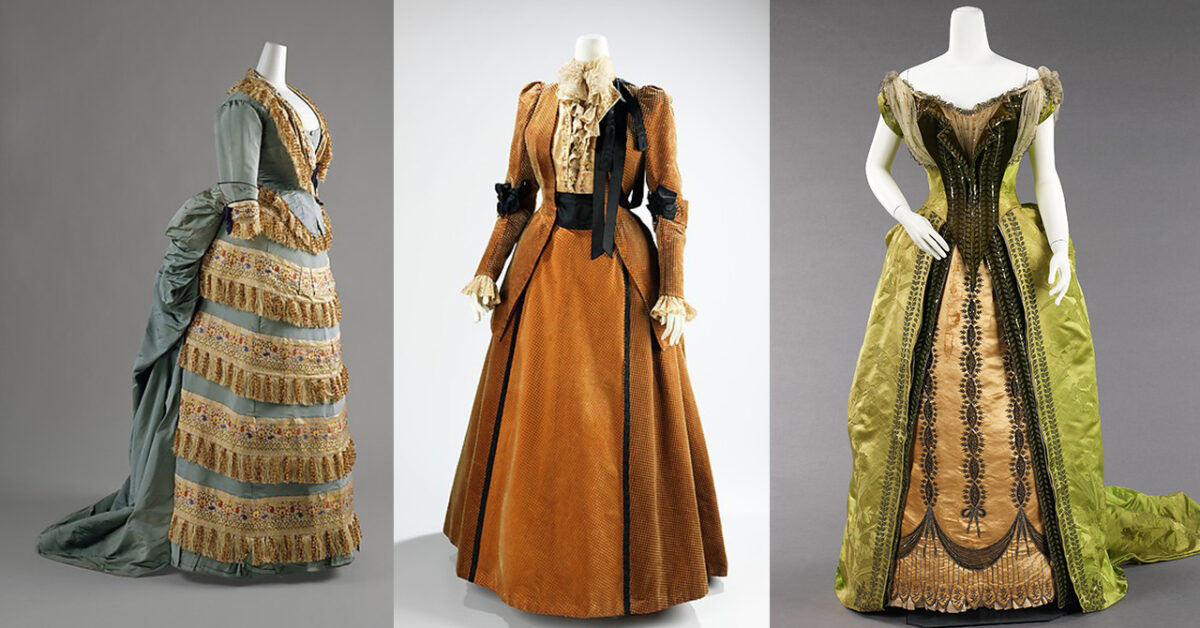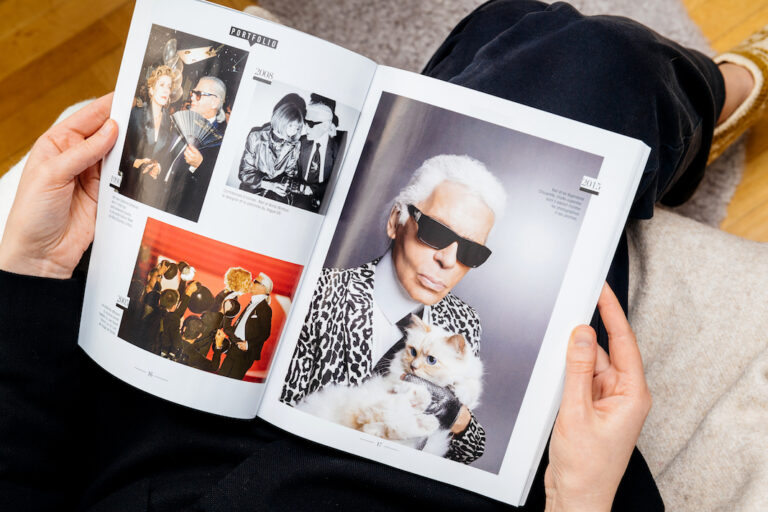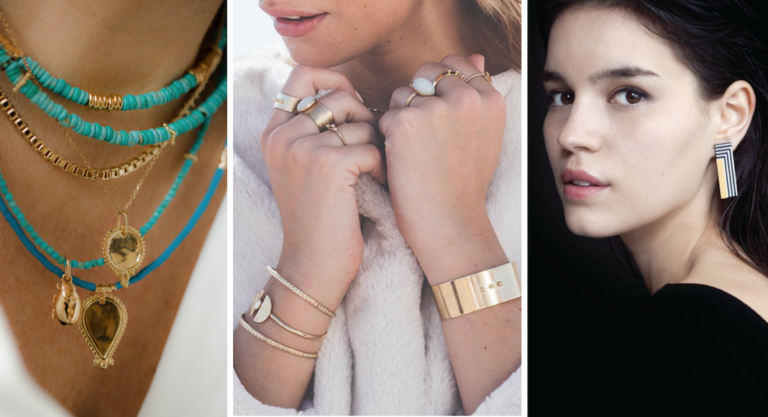Haute couture will always be synonymous with France. Whether it’s Dior, Chanel, or Yves Saint Laurent, “a dress from Paris” will always mean quality and style. Which is why you might be surprised to learn that it wasn’t a Frenchman who created the concept of couture — it was the English.
Charles Frederick Worth was born in Lincolnshire in 1825. Work in textiles and an obsession with historic paintings instilled in the fledgling designer the desire to make dresses for the rich and famous. After moving to Paris, Worth began working for the textile merchants Gagelin, eventually contributing items of clothing to the Great Exhibition in London in 1851, and the Exposition Universelle in Paris in 1855.
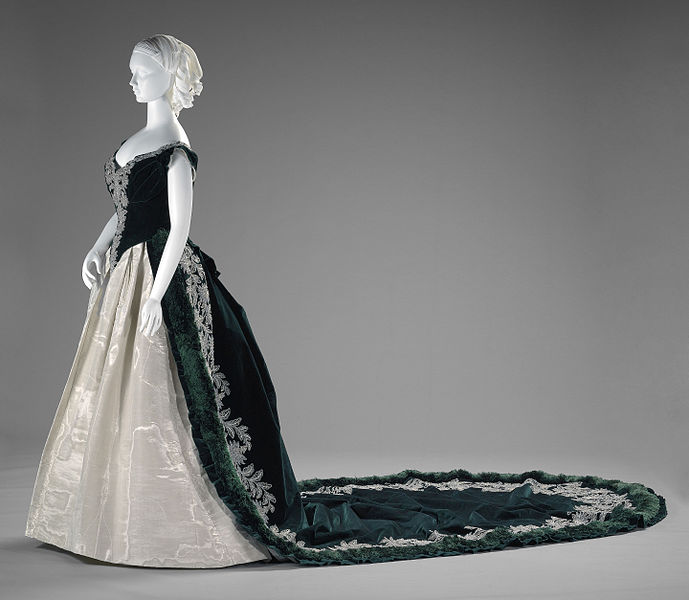
But Worth’s meteoric rise can’t be attributed just to his sewing skills. In fact, it has a lot to do with politics.
When Napoleon III took over as emperor in 1852, France’s Second Empire was born from the ashes of its Second Republic, with constitutional democracy giving way to the old royal system. And with French nobility having been out of power for a few years, they were ready to make it rain. Luxury and excess was the motto of the day, and the newly re-coronated Emperor Napoleon III wanted to deck out his entire court in the most lavish attire possible. But it was Emperor Napoleon III’s wife, Empress Eugénie, who decided that Worth was the man to make this happen. The designer set up the House of Worth, the original fashion Maison, in the royal court, and it became not only a place to get fitted out, but also a hub for nobility to hang out and swap hot gossip.
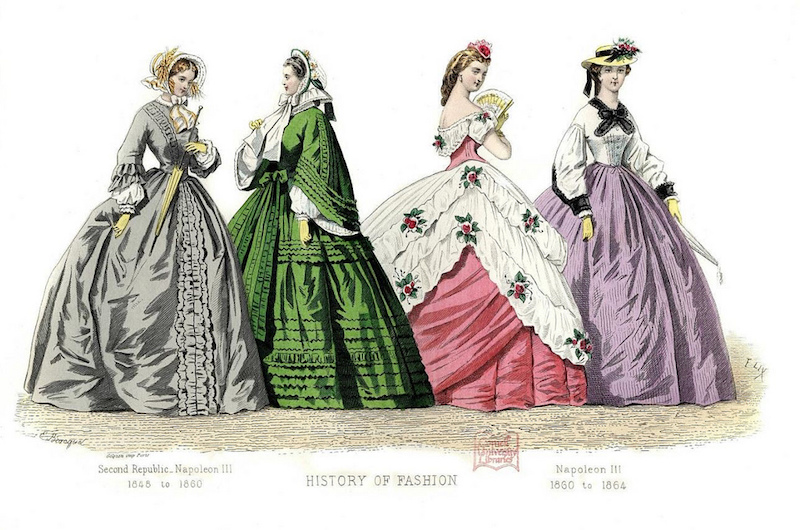
Eugénie — and Worth, by extension — defined the fashions of the day, and the Spanish princess, the last of the French Empresses, took a lot of inspiration from her predecessor, the ill-fated Marie Antoinette. Everything was crinoline and bustles; the “imperial” hair style and the color Empress blue are just a couple of Eugénie’s legacies. And she didn’t stop at couture. As it was common for royalty to have multiple residences for the different seasons, it was also imperative to have some way to transport these stunning ensembles. And who better to do so than the then-unknown luggage maker Louis Vuitton?
Having a dress from the House of Worth soon became a major status symbol, the first true “designer brand.” His dresses were featured in magazines across the world, inspiring the extravagant fashions of America’s Gilded Age and Britain’s Victorian Era. In a period of unforeseen wealth disparities, wealthy women were essentially beautiful decorations for the home. They didn’t do much, so to amuse themselves they purchased elaborate, impractical dresses with tight corsets and skirts so large they couldn’t fit through narrow doorways.
By eliminating the need to make clothes easy to move and work in, Worth could focus on making them ever more intricate, building fashion for fashion’s sake. A crucial turning point, as without exploring the limits of fashion without regard to function, we might never have gotten to see things like Lady Gaga’s famous meat dress or anything by Giambattista Valli.
The House of Worth was officially closed in 1952, but Worth’s influence lives on in the traditions of haute couture, and from Balmain to Givenchy, every French fashion house owes him a part of their existence. And in an era where fast fashion reigns supreme and clothes are made to be disposable, preserving these traditions is more important than ever.

